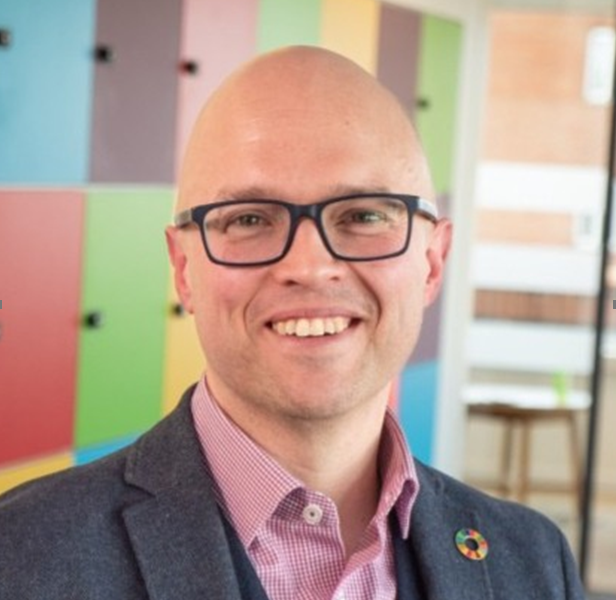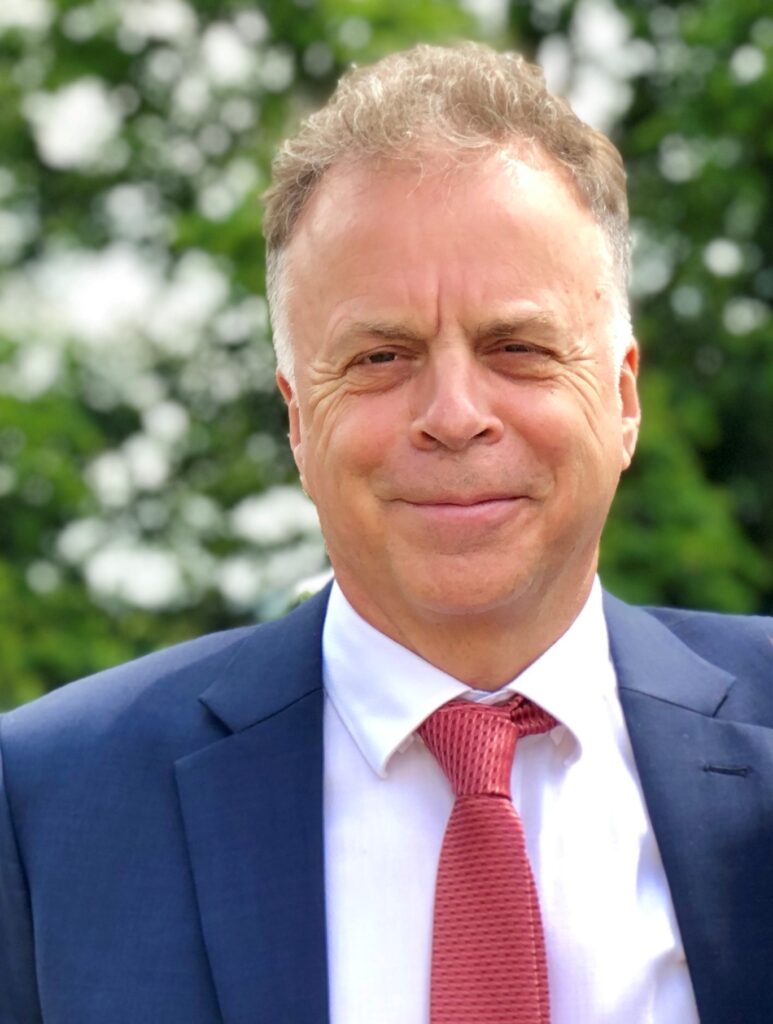Rebecca Eatwell, Head of waste & resources at communications consultancy PPS Group, investigates the opportunities and challenges for the waste sector in delivering a new generation of hazardous waste facilities.
The draft National Policy Statement (NPS) on Hazardous Waste is one of a series of NPSs published by the Government to establish a framework for nationally significant infrastructure projects. The NPS follows Defras 2010 Hazardous Waste Strategy, which identified the need for new hazardous waste infrastructure to move this waste up the hierarchy.

Rather than prescribing where and what should be built, the government is looking to the industry to use its expertise to determine what is required. By providing certainty about government intentions for hazardous waste it is hoped that the NPS will encourage the private sector to bring forward proposals.
The NPS means that planning applications for hazardous waste facilities over a certain size will be considered nationally significant and dealt with by the Infrastructure Planning Commission (IPC) which is due to be replaced through the Localism Bill by the Major Infrastructure Planning Unit (MIPU) rather than by the local waste planning authority. Whereas non-hazardous waste facilities must generate over 50MW of electricity in order to be considered as nationally significant the Hazardous Waste NPS covers facilities which will treat just 30,000 tonnes per year (or 100,000 tonnes per year for landfill or deep storage).
Given the potentially highly controversial nature of hazardous waste facilities coupled with the need for new infrastructure, it could be said that providing a strategic route for these facilities is vital. However, will the NPS actually make it easier to deliver new infrastructure?
Economic climate
In the current economic climate funding is at the forefront of everyones minds. This is no different for hazardous waste and investors will want to see that projects are deliverable. On the one hand the strong policy framework that the NPS provides will help to provide certainty to underpin investment. The IPC was designed to streamline the planning process for nationally significant projects with a more efficient, transparent and accessible system.
However, the IPC process shouldnt be thought of as an easy option which bypasses local politics. Whilst the local authority is essentially a statutory consultee, their role and influence should not be underestimated as they will review and approve the consultation process.
PPS Group is working for EDF Energy on its proposals for a new nuclear facility at Hinkley Point, which is currently going through the IPC process. Whilst the IPC is being replaced by the MIPU, it is expected that the consultation requirements for such applications will remain broadly similar.
Multi-stage consultation
The IPC process requires front-loaded, comprehensive and often multi-stage consultation. The relevant local authority will review and approve the consultation process, which must be set out formally through a Statement of Community Consultation (SOCC), and therefore effective joint working will make for a smoother process.
There are different types of consultation which a developer is required to undertake for an IPC application, each with different requirements, including consultation with:
statutory consultees and those with an interest in the land
local community and those living in the vicinity of the land
the wider general public
It is possible that the investment required to go down the IPC route may actually put companies off developing hazardous waste facilities. Furthermore, whilst applications to the IPC take a strategic route, developers will still need to engage with local communities and politicians to address their concerns.
The NPS highlights the potential impacts of hazardous waste facilities, including visual, biodiversity, noise, air emissions, dust, odour and traffic. Whilst the government is providing a framework for the hazardous waste debate it is the developers of infrastructure that will be at the coalface, engaging directly with local communities. Assistance from Government in tackling these communications issues at a national level may be required.
Whether going down the IPC process or local planning route, a comprehensive, carefully planned and tailored communications programme will be vital to ensuring success. The key players in the sector are well placed to take on the local and national debate and work with local communities to deliver this essential infrastructure.











Subscribe for free